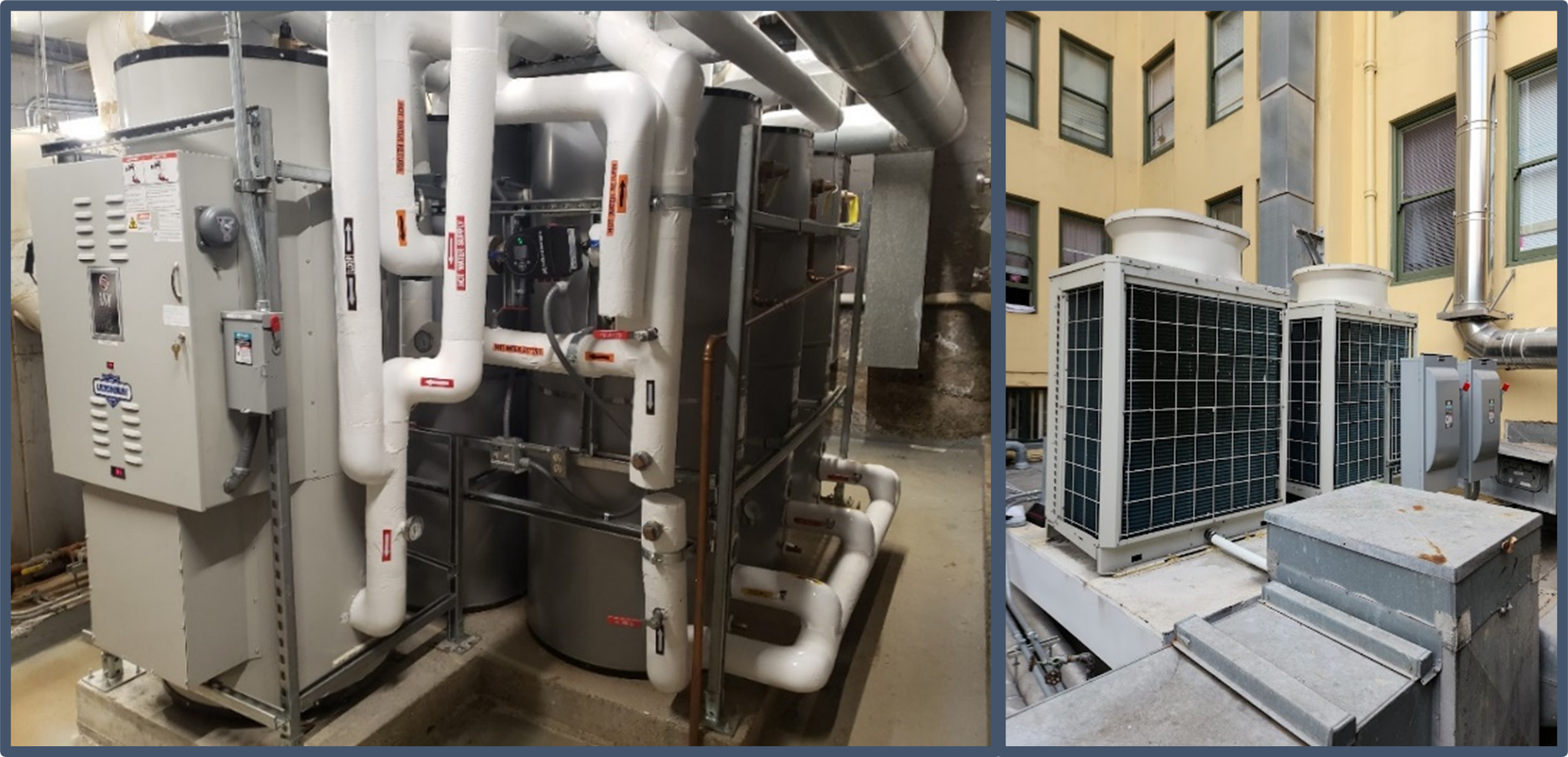Project Info
COMPLETE
 Project Title
Project Title
 Project Title
Project Title
Commercial and MF CO2-based Heat Pump Water Heater Market Study and Field Demonstration
Project Number ET22SWE0017 Organization SWE (Statewide Electric ETP) End-use Water Heating/DHW/HPWH Sector Commercial Project Year(s) 2022 - 2023Project Results
This work studies California (CA) multifamily building applications of central heat pump water heating (CHPWH) systems with carbon dioxide (CO2) refrigerant. Two low-income elder living buildings in San Francisco were retrofitted with CHPWH systems, presenting an opportunity to study the emerging technology in situ. The project team collaborated with the building owners, system designers, and heat pump equipment manufacturers to study the performance and load shifting capacity of the system. The project team used these results to quantify system energy efficiency benefits, market potential, and electrical load management. The report includes recommendations for product design, program support, and additional future study directions.
Project Report Document
Loading PDF Preview...
